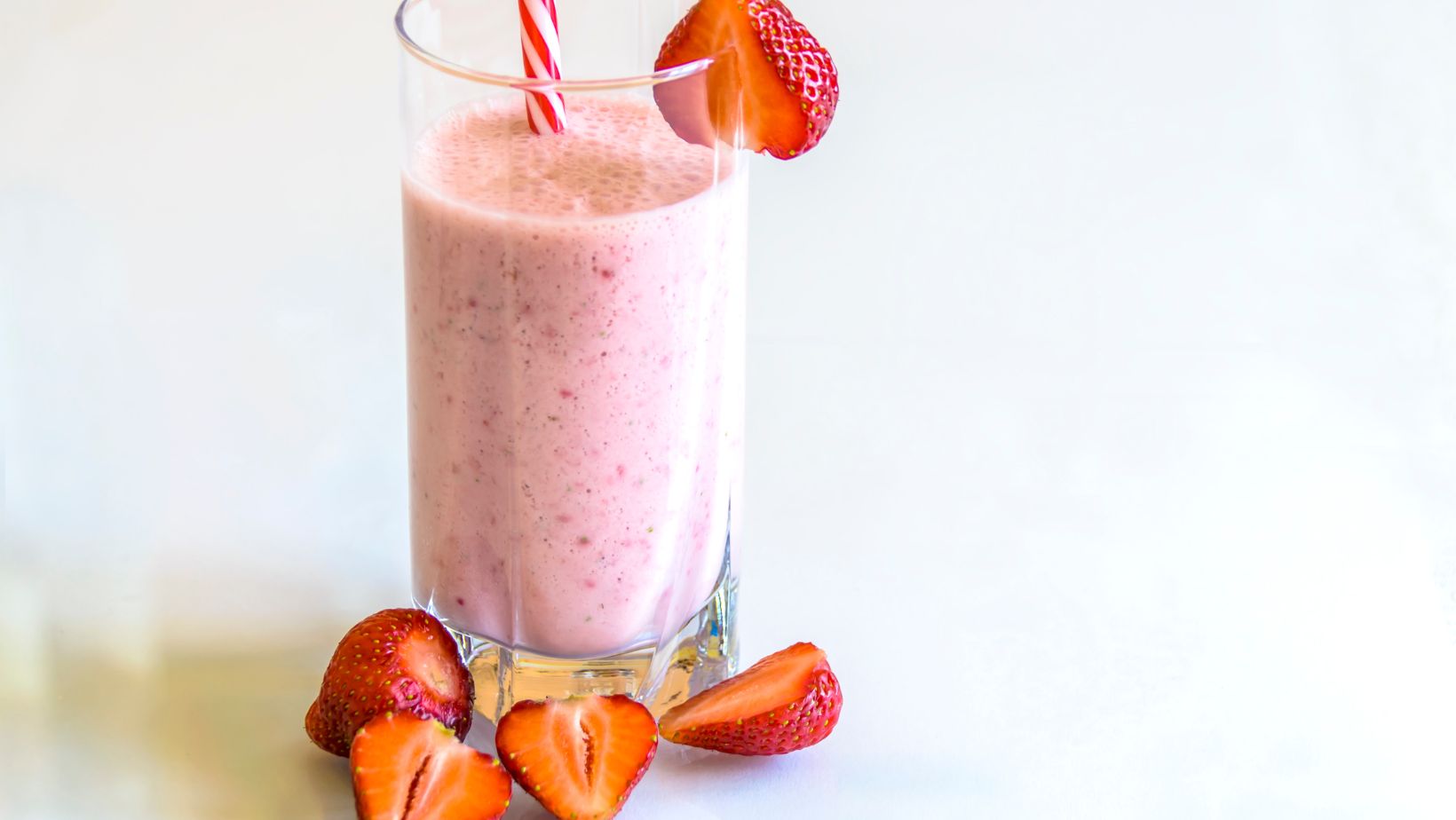Protein shakes have become a staple for athletes, fitness enthusiasts, and health-conscious individuals. They offer a convenient and efficient way to meet protein requirements, support muscle recovery, and promote overall wellness. Whether you’re a seasoned shake maker or a novice looking to elevate your nutrition game, here are the best tips for creating the most nutritional protein shakes.
Table of Contents
ToggleUnderstanding the Basics
Before diving into the specifics, it’s essential to understand what makes a protein shake truly nutritious. A great protein shake is more than just protein powder mixed with water or milk. It’s a balanced blend of macronutrients, micronutrients, and other beneficial compounds that support your health goals.
Choose High-Quality Protein Sources
The foundation of any protein shake is, unsurprisingly, the protein. Opt for high-quality protein sources that suit your dietary preferences and needs. Popular options include:
Whey Protein: Derived from milk, whey protein is a complete protein containing all nine essential amino acids. It’s quickly absorbed, making it ideal for post-workout recovery.
Casein Protein: Another milk-based protein, casein is absorbed more slowly, providing a steady release of amino acids. It’s great for a sustained protein boost, such as before bed.
Plant-Based Proteins: Options like pea, hemp, and rice protein are perfect for vegans or those with lactose intolerance. They are also packed with fiber and other nutrients.
Add Nutrient-Dense Fruits and Vegetables
Incorporating fruits and vegetables into your protein shakes can significantly boost their nutritional value. These ingredients provide essential vitamins, minerals, and antioxidants. Consider adding:
Berries: Blueberries, strawberries, and raspberries are rich in antioxidants and fiber.
Leafy Greens: Spinach and kale are excellent sources of vitamins A, C, and K, as well as iron and calcium.
Bananas: Bananas add natural sweetness and are high in potassium, which supports muscle function.
Enhance with Healthy Fats
Healthy fats are crucial for overall health and can make your protein shakes more satiating. Including fats like omega-3 and omega-6 fatty acids can also reduce inflammation and support heart health. Great sources of healthy fats include:
Avocado: Adds creaminess and a dose of monounsaturated fats.
Nut Butters: Almond, peanut, or cashew butter provide protein, healthy fats, and a delicious flavor.
Chia Seeds: These tiny seeds are packed with omega-3 fatty acids, fiber, and protein.
Optimize with Superfoods
Superfoods are nutrient powerhouses that can elevate the health benefits of your protein shakes. Adding superfoods can help you pack more nutrients into each sip without adding a lot of extra calories. Some excellent superfood additions are:
Spirulina: This blue-green algae is rich in protein, vitamins, and minerals.
Maca Powder: Known for its energy-boosting properties, maca also provides vitamins B, C, and E.
Cacao Nibs: These add a chocolatey flavor along with antioxidants and magnesium.
The Role of Protein Shakes
To understand the value of these tips, it’s important to ask, what do protein shakes do? Protein shakes serve multiple purposes: they help repair and build muscle tissue, provide a convenient meal or snack option, and can assist with weight management. For athletes and those with high physical demands, protein shakes help replenish nutrients lost during intense workouts, promoting quicker recovery and enhanced performance.
Balancing Macronutrients
While protein is the star of the show, a truly nutritional shake should be balanced with carbohydrates and fats. Carbohydrates provide the necessary energy for your body, while fats support hormone production and nutrient absorption. Here’s how to strike the right balance:
Carbohydrates: Include a source of healthy carbs like oats, sweet potatoes, or fruits. These provide sustained energy and help replenish glycogen stores.
Fats: As mentioned, healthy fats from sources like nuts, seeds, and avocados ensure your shake is well-rounded.
Don’t Forget Hydration
The liquid base of your shake is just as important as the solid ingredients. Here are some options:
Water: Calorie-free and hydrates without adding any extra elements.
Milk: Adds extra protein and calcium. Choose from cow’s milk, almond milk, soy milk, or oat milk based on your dietary preferences.
Coconut Water: Provides electrolytes, making it a great choice for post-workout recovery.
Sweeten Naturally
While it’s tempting to add sugar or artificial sweeteners to make your shake tastier, natural sweeteners are a healthier choice. Here are some natural options that add sweetness and extra nutrients:
Honey: Contains antioxidants and has antimicrobial properties.
Maple Syrup: Offers a unique flavor and contains minerals like zinc and manganese.
Dates: Packed with fiber and natural sugars, dates add a caramel-like sweetness.
Experiment with Flavors and Textures
Variety is the spice of life, and the same goes for your protein shakes. Mixing up flavors and textures keeps your shakes interesting and enjoyable. Here are some ideas:
Spices: Add a pinch of cinnamon, nutmeg, or turmeric for flavor and health benefits.
Extracts: Vanilla, almond, or mint extracts can enhance the taste without extra calories.
Ice: Blending with ice can create a refreshing, smoothie-like texture.
Pay Attention to Portion Sizes
While protein shakes are nutritious, it’s easy to go overboard with the ingredients, leading to excess calories. Be mindful of portion sizes, especially with calorie-dense ingredients like nut butters and dried fruits. Using a kitchen scale or measuring cups can help maintain the right balance.
DIY vs. Pre-Made Shakes
Making your own protein shakes allows for complete control over ingredients and portions, ensuring they align with your health goals. However, pre-made shakes can be convenient when you’re short on time. If opting for pre-made shakes, check the labels for added sugars, artificial ingredients, and preservatives. Aim for products with clean, minimal ingredient lists.
Consistency is Key
Incorporating protein shakes into your daily routine can provide sustained benefits over time. Consistency is key, whether you’re aiming for muscle growth, weight loss, or general health improvement. Having a shake after workouts or as a breakfast replacement can become a healthy habit that supports your long-term goals.
Listen to Your Body
Everyone’s nutritional needs are different. Pay attention to how your body responds to different ingredients and adjust accordingly. If you notice any digestive discomfort or lack of energy, tweak your shake components. Consulting with a nutritionist can also provide personalized insights and recommendations.
Conclusion
Creating the most nutritional protein shakes involves a thoughtful blend of high-quality protein sources, nutrient-dense fruits and vegetables, healthy fats, and superfoods. Balancing macronutrients, staying hydrated, and choosing natural sweeteners are key components. By experimenting with flavors and listening to your body’s needs, you can craft protein shakes that are both delicious and beneficial. Embrace these tips and transform your protein shake routine into a powerhouse of nutrition and taste.






